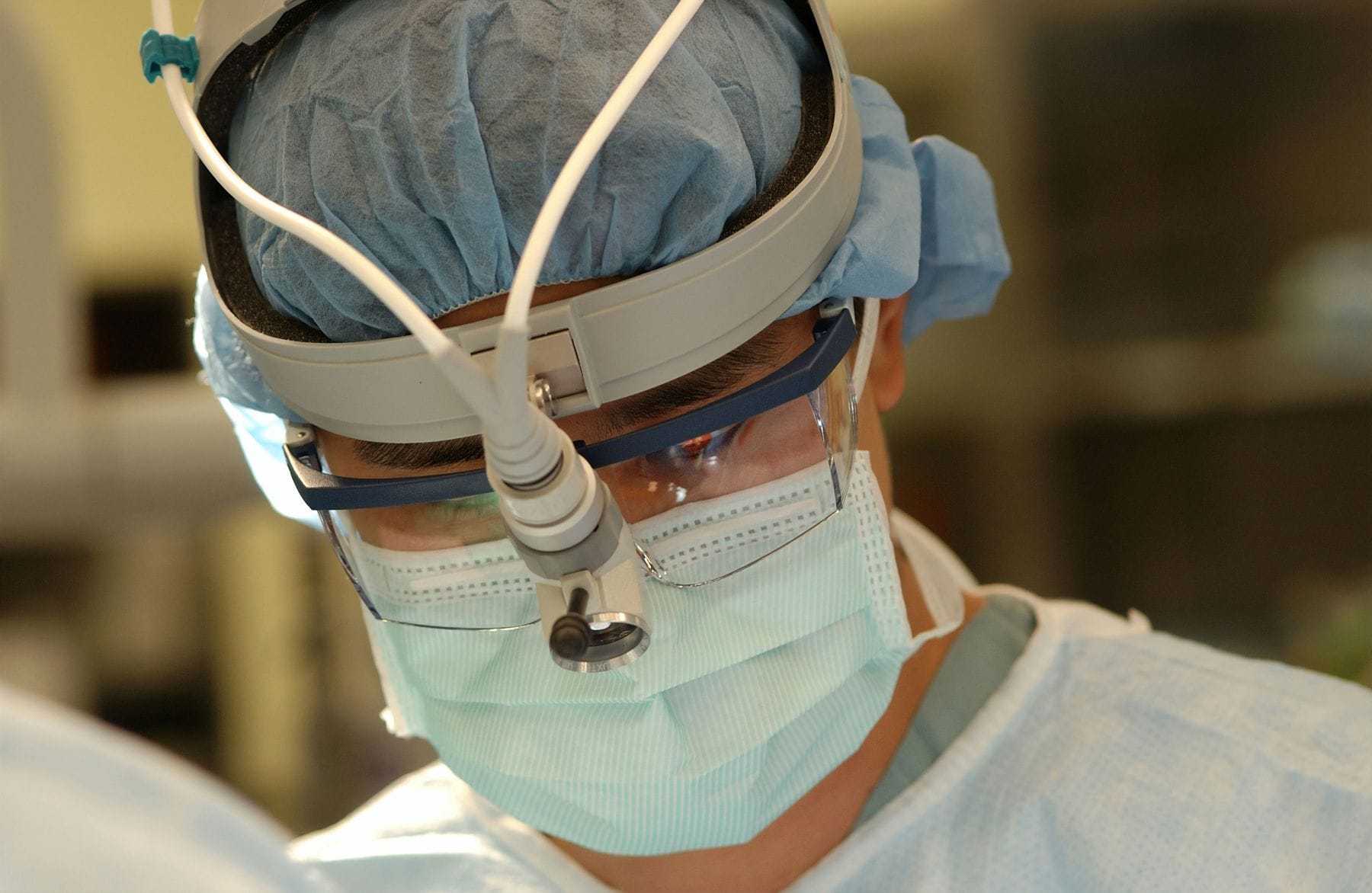Getting a dental implant is an important step toward a healthy smile. Since it is a medical procedure, many people worry about pain and recovery. Thanks to modern techniques and effective anesthesia, most patients experience minimal discomfort. In this article, we cover everything—from anesthesia to recovery—including tips to minimize any pain.
Do you feel pain during the procedure?
The placement of a dental implant is always done under anesthesia—usually local anesthesia. You will only feel a small pinch when the anesthetic is injected. After that, the treated area is completely numb. The dentist or oral surgeon can work carefully while you remain relaxed.
If you have severe dental anxiety or are undergoing a more complex procedure, like all-on-4, general anesthesia is used.
The first hours after the procedure: the anesthesia is still working
The local anesthesia can remain effective for several hours after the procedure. It is wise to take the first painkiller during this period to prevent pain from emerging once the anesthesia wears off.
Mild discomfort is normal for the first 24 to 48 hours
Once the anesthesia wears off, you may feel mild to moderate pain. Often, the jaw feels sore. Swelling may occur and sometimes increases slightly on the first day, but most of the time this is limited. It is also possible to develop a bruise near the treatment area.
With the painkillers prescribed by your dentist or surgeon, this discomfort can be well managed. Often, common medications such as paracetamol or ibuprofen are sufficient.
Recovery in the following days: usually quick and smooth
After the first two days, discomfort usually decreases rapidly. Most people can quickly resume their daily activities. Swelling typically subsides within a few days to a week. Stitches mostly dissolve on their own.
Persistent severe pain, ongoing swelling, or fever may indicate a complication, such as an infection. In that case, contact your dentist or oral surgeon immediately.
Why does pain vary from person to person?
The degree of pain or discomfort can vary widely. Factors that play a role include:
- Number of implants: the more implants placed in one session, the more sensitive it may be.
- Quality of jawbone: sufficient bone makes the procedure quicker and less stressful.
- Additional treatments: bone grafts or sinus lifts can slightly prolong recovery time because it’s a more complex procedure which takes longer.
- Overall health: smokers and people with slow wound healing sometimes experience more post-operative pain.
An experienced implantologist takes all these factors into account and always chooses the least invasive approach.
Practical tips to reduce pain and swelling
You can do a lot to make recovery as comfortable as possible:
- Cooling: use a cold pack on the cheek during the first 24 hours (always wrapped in a cloth).
- Take prescribed medication on time: don’t wait until the pain becomes severe.
- Rest: avoid heavy physical activity or exercise in the first few days.
- Eat soft foods.
- Avoid smoking and alcohol: these slow healing and increase the risk of complications.
- Good oral hygiene: brush gently with a soft toothbrush and follow any rinsing instructions.
Mental relaxation is also important
Stress and anxiety can amplify the perception of pain. By informing yourself well and having an open discussion with your dentist or surgeon, you can reduce tension. In some cases, a mild sedative can help keep you calm.
Much less painful than expected!
Getting a dental implant is a safe and virtually painless procedure. Thanks to anesthesia, you feel nothing during the procedure, and any post-operative pain can be managed effectively with medication.
It is important to ask all your questions and receive clear instructions from your dentist or implantologist. This ensures you are well-prepared, reassures you, and allows the procedure to be optimally tailored for your comfort.
Do you have questions about dental implants, the treatment, or your options? Contact us. We are happy to help!
